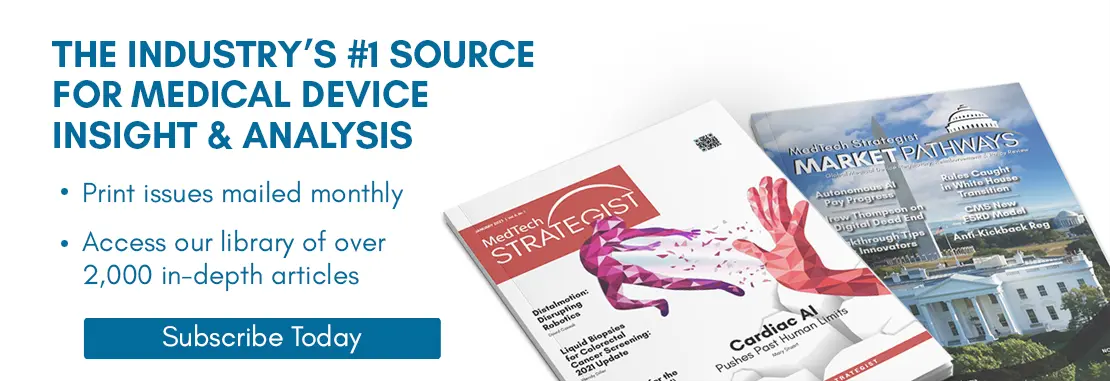ARTICLE SUMMARY:
A recent guidance update and a European Commission plan to lay down new rules for notified bodies later this year is adding more fuel to an ongoing debate over when and how notified bodies can talk to manufacturers about MDR clinical data expectations. Two notified body officials weigh in on the current state and future opportunities for “structured dialogue,” as industry urges more predictability.
What notified bodies are allowed to tell manufacturers about their Medical Device and IVD Regulation expectations and when they can communicate the information have been topics of much focus and consternation during the rollout of the new EU regulations. Device makers say they need earlier input about their clinical development plans to head off wasted efforts and resources. But notified bodies are guarded about what they can talk to companies about outside of the formal conformity assessment process because of concerns that they will breach the legal prohibition on offering “consultancy.”
Finally, in February, two-and-a-half years after EU policymakers first dangled the concept of “structured dialogue” as one plank to improving device availability under the new regulations, they issued detailed guidance on the topic. The Medical Device Coordination Group updated its foundational MDR/IVDR guidance outlining notified body requirements February 7 to include a new section titled “What is considered ‘structured dialogue’.”
The guidance is intended to improve consistency in how different notified bodies engage in pre- and post-application discussions with companies. Industry groups complain the guidance doesn’t go far enough to allow earlier conversation about clinical strategy. But some in the notified body realm see in it a possible opening to expand the type of information the conformity assessment organizations can convey to companies in advance of conducting a substantive clinical review.
“This is the first detailed line in the sand about what is and isn’t OK,” said Graeme Tunbridge, senior VP of global regulatory and quality for BSI, in an interview. Each notified body is reviewing the guidance to determine if they might need to update their practices, and it’s not clear they will all come to the same conclusion. Tunbridge suggests that BSI sees a path in the guidance to offer what companies say they crave the most: earlier input on clinical data expectations: “I think what this guidance is going to allow us to do, in particular in relation to some of the clinical aspects, is to say, ‘OK, where do we think we can actually offer something that's a bit more useful for manufacturers?’”

